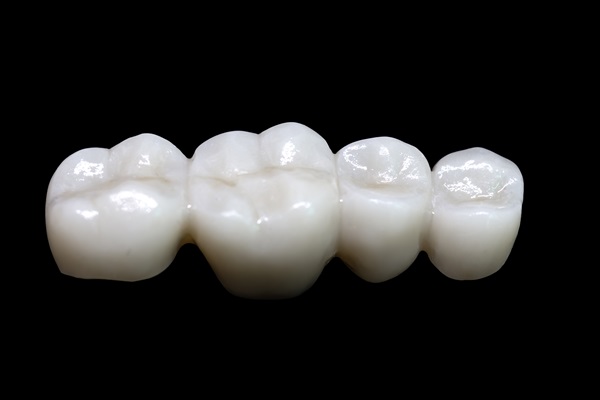How a Laser Dentist Treats Cavities

Laser dentists can treat cavities by cutting away the decayed portion of the tooth, which reduces the need for fillings and other traditional cavity treatments. This procedure, known as soft tissue laser surgery, was developed in 1996 and has become one of the most popular ways to treat cavities and other oral health issues. Here's how can help you maintain excellent oral health while reducing your time in the dentist's chair.
What is a laser dentist?
A laser dentist uses Laser Assisted New Attachment Procedure to reattach cavities back together. If your cavity is particularly large or deep, your dentist may not be able to repair it with conventional tools. In those cases, they may refer you to this type of dentist for treatment. This process is relatively painless and reduces recovery time significantly compared to traditional fillings.
The laser system will remove decay around your tooth to prepare it for reattachment. This may involve removing parts of your tooth structure, which doesn't leave any room for error. Because of that, you must schedule regular checkups with your dentist after treatment. If you don't go regularly, you run an increased risk of developing problems down the road like sensitivity or cracks in your teeth. Your dentist can detect these early on and take measures to fix them before they become more significant issues. Most patients won't need additional treatments, but your dentist will let you know during future visits if further work is necessary.
Why is laser treatment recommended over conventional methods?
Although this type of dentistry is still relatively new, it is quickly becoming one of the most popular ways to treat dental cavities. The reason? Laser treatment allows for better precision while providing minimal discomfort to patients—when compared with conventional methods. Conventional methods include things like drilling and scraping, which have been used for decades by a dentist to remove decay from teeth. These methods are great at eliminating decay—but not so great when preventing future decay. That's because bacteria left in your mouth after cavity removal can easily reinfect teeth if you don't get rid of them properly. This leads some patients back into their dentist's office for more regular cleanings or even root canals or tooth extractions.
Are there any risks involved?
There are minimal risks associated with undergoing cavity-removal treatment. However, it is important to ensure that you consult with your dentist before any procedure; they will explain all of your treatment options and help you make an informed decision. Some dentists choose to replace old fillings, while others like to perform crowns; if your procedure requires replacing fillings, it's generally less invasive than other treatments.
Your dentist may also offer sedation for procedures that might otherwise be uncomfortable (such as oral surgery). Talk with your practitioner about whether sedation would be beneficial in your case. They can guide you toward dental services that are best suited for whatever issue you're experiencing.
What is the cost of laser treatment?
Cavity-removal treatments, called eschcavation or cavity-eradication, cost between $300-$1000 depending on your location. This sounds expensive but considers that if you go to a regular dentist to get cavities filled by traditional means, you could end up paying even more money. For example, if you visit an average laser dentist for one root canal treatment, you can easily spend over $1000—and that's without any other cavities! Going to this dentist is far less expensive and usually pays for itself after one or two treatments.
Request an appointment here: https://www.thegalleryofsmiles.com or call Midtown Dental - The Gallery of Smiles at (713) 979-4127 for an appointment in our Houston office.
Check out what others are saying about our dental services on Yelp: Laser Dentist in Houston, TX.
Recent Posts
Curious about laser dentistry? Read on to learn more about this type of treatment. Medical professionals may modify or remove tiny quantities of tissue using lasers. While laser surgery has numerous applications outside of dentistry, the vast majority of patients had never ever heard of laser dentistry until they needed it. Dentists employ lasers for…
Correcting mouth issues with a beam of light might sound like science-fiction, but laser dentistry is a present, common, and effective practice. Dental lasers are less noisy and less invasive than traditional drills. They often cause less anxiety and fear during dental procedures and reduce healing times and pain as well. With all this in…
Although laser dentistry has been widely available as an alternative dental procedure for the last few decades, it is still seen as a novel concept to many patients. LASER is an acronym for "Light Amplification by Stimulated Emission of Radiation." Lasers are recommended by dentists as a more painless, comfortable, and effective form of therapy…
A dental bridge is a reliable, effective solution for tooth loss, as it offers functional and aesthetic benefits. This dental restoration helps improve chewing, speech, and overall oral health while maintaining the smile’s natural structure. Patients interested in bridges as tooth replacements can benefit from learning more about their basics, placement process, and long-term care…










